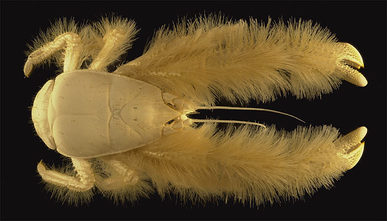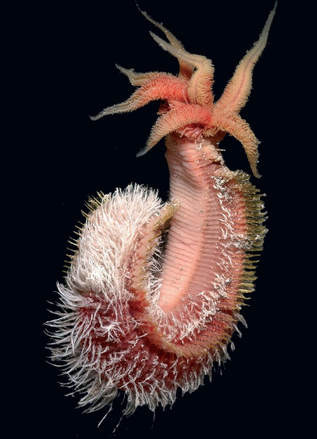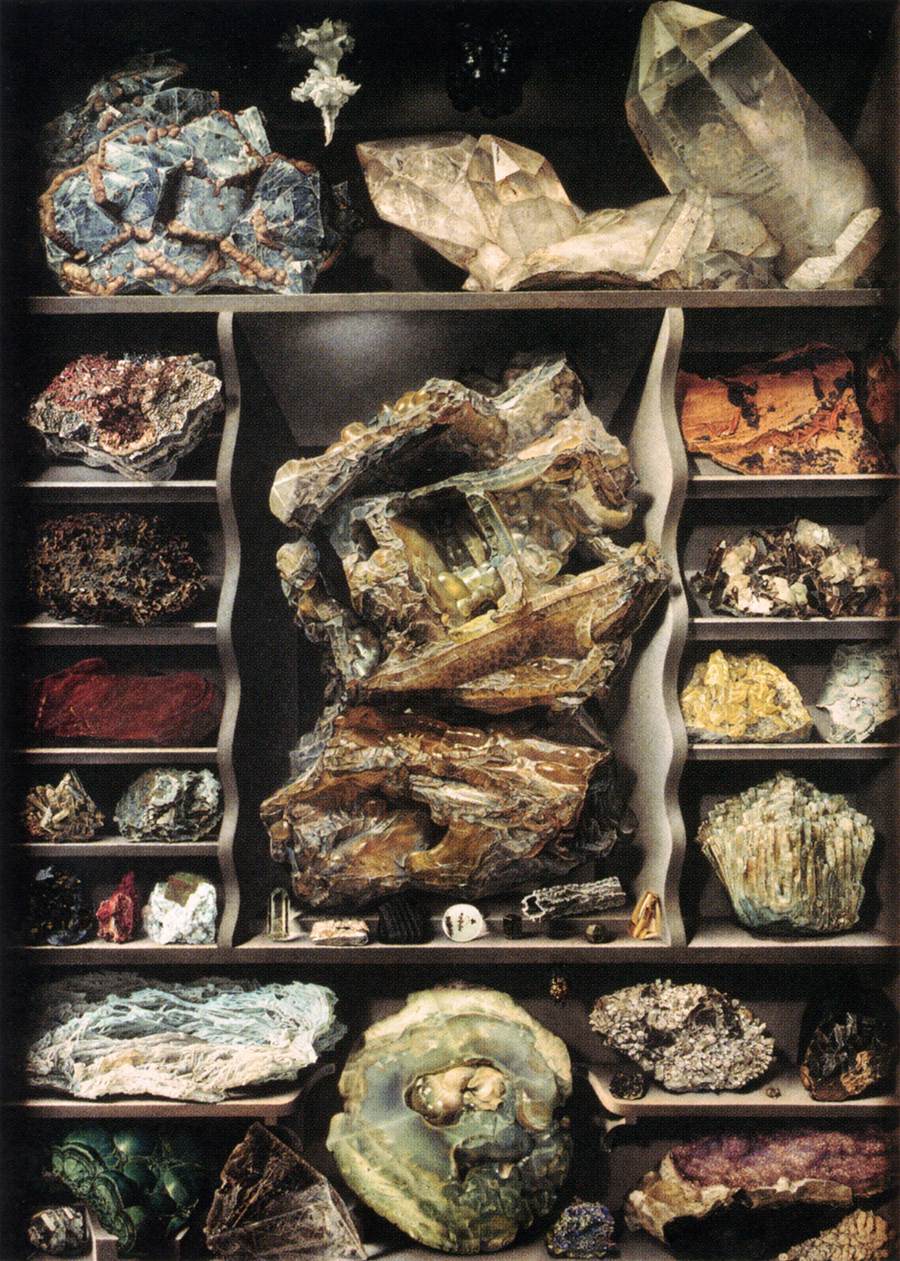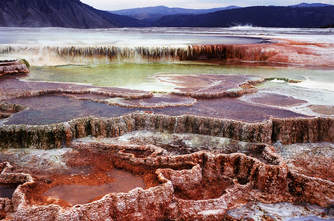 The Many Colors of Mammoth Hot Springs by Robby Edwards The Many Colors of Mammoth Hot Springs by Robby Edwards Rosemary Mammoth Hot Springs, Yellowstone We have focused down on one ecosystem this week. The Mammoth Hot Springs of Yellowstone have the appearance of an extra-terrestrial landscape. Revisiting Extremophiles To speculate on a creature that could survive in an environment like Mammoth Hot Springs, I have been looking for organisms that can survive extreme temperatures. I can borrow their adaptations to systematically change a native animal of Yellowstone to create a speculative thermoacidophilic creature.
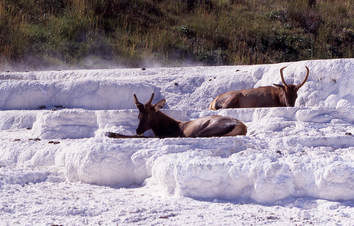 Elk at Opal Terrace, Mammoth Hot Springs, Photo by Jim Peaco, 1997. Elk at Opal Terrace, Mammoth Hot Springs, Photo by Jim Peaco, 1997. Jill Hello All, This week we continued to look at ecosystems at hydrothermal vents and hot springs. I continued to work on story, did some drawing and thinking about adaptation to environment and curation of collections. Hot Springs Rose and I discussed the different types of hot springs (volcanic and non-volcanic) and how water is heated and mineral rich waters are cycled up to the surface. Yellowstone is a wonderful example and was central to our discussion regarding temperature, pH, microbial organisms, diversity of geysers, hot springs, and mineral deposits. We narrowed down a good starting location at the travertine terraces at Mammoth Hot Springs for some creature concept art. We are going to start with waters cool enough that larger animals can tolerate, such as these elk sensibly partaking in a warm soak. What characteristics does a creature have that can soak in warm water and walk across mineral crusts? What is their heat tolerance?
0 Comments
Leave a Reply. |

